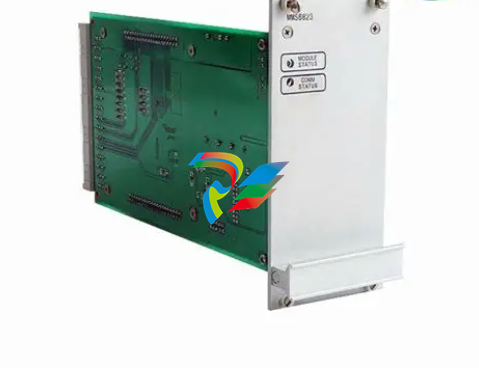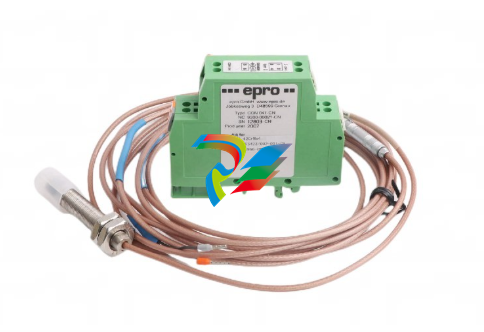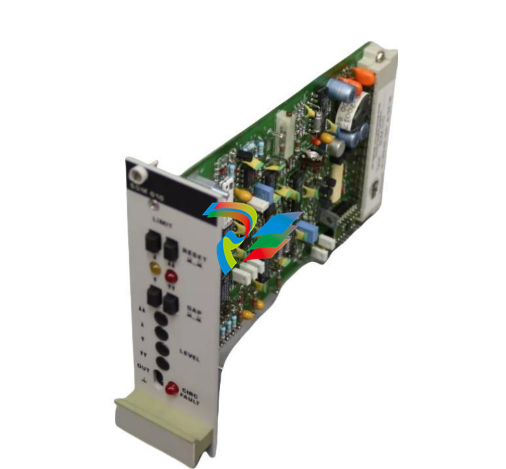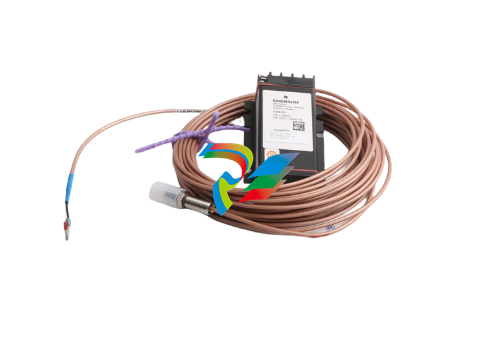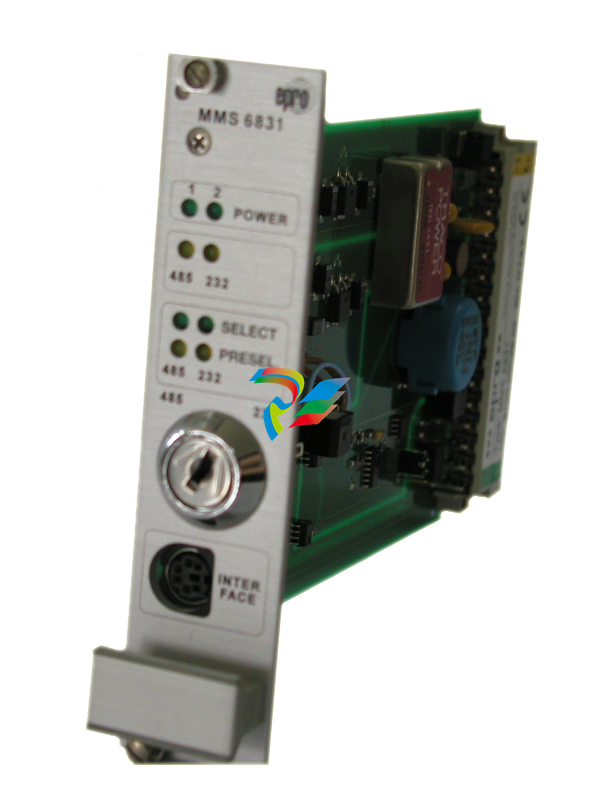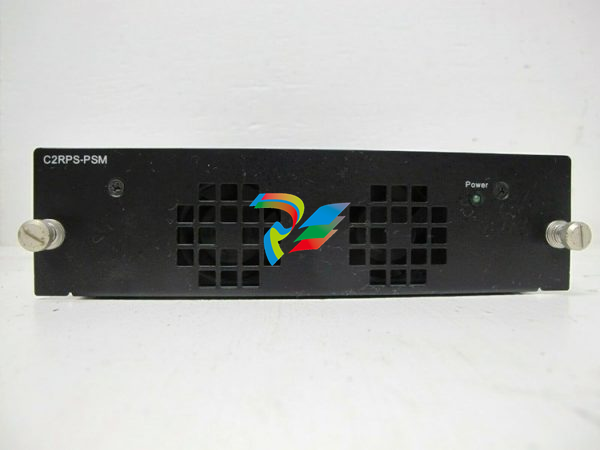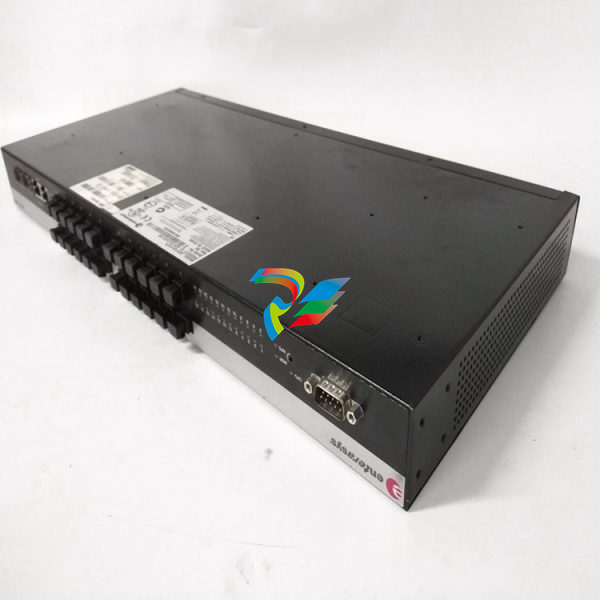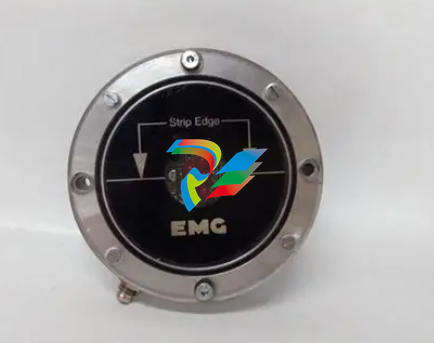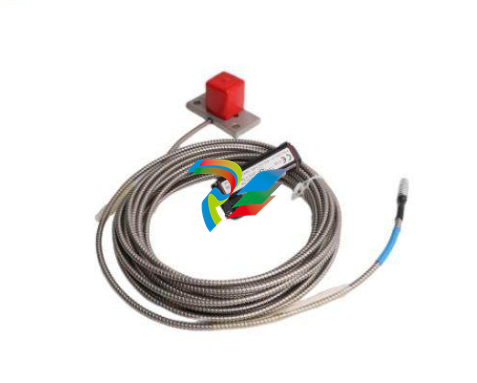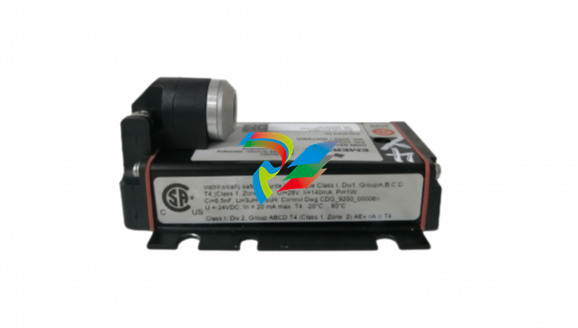
SYNCHROTACT® 5 Operating Instructions SYN 5201 SYN 5202
voltage difference.
Pulse length: adjustable by means of the parameter tp Umin: tp = tp Umin
Pause interval: adjustable by means of the parameter ts U; dependent on ts U and
±ΔUmax:
[( ) ( )] 0
2
max max
*325,01* ≥
⎪⎭
⎪
⎬
⎫
⎪⎩
⎪
⎨
⎧
⎥
⎥
⎦
⎤
⎢
⎢
⎣
⎡ Δ−+Δ+ = −Δ−
U U
Utsts U
Voltage matcher for tap changer
The function TAP CHANGER allows constant pulse durations and pulse intervals to be
generated, which is necessary for matching by means of the tap changer.
Frequency matcher with variable pulse durations
The frequency matcher issues a command the length of which is proportional to the
current slip. The proportionality factor df/dt can be adapted to the governor. The
frequency matcher aims at a value midway between the nearer slip limit and zero. The
adjusting command length tpf is:
dtdf
s
s
tpf /
2
± max
−±
=
Between 1/3 and 2/3 of smax there is a range where no adjustment takes place. The
adjusting pulse is discontinued as soon as the slip passes through zero. The command
length does not fall below a settable minimum value. After an adjusting command, the
system waits for the set pulse interval ts f so that the actual values can stabilise to the
new setpoint.
Frequency matcher with variable intervals
The function INVERSE f changes the way the frequency matcher functions. The pulses
are now always the same length, but the intervals are inversely proportional to the slip.
Pulse length: adjustable by means of the parameter tp fmin: tp = tp fmin
Pause interval: is calculated according to the following formula (can not be set as a
parameter):
[ ]s
sfff
ts 30
*1
1
21
1
≤= − =
2.2.3 Monitoring of paralleling conditions
The monitoring of the paralleling conditions can be divided into these parallel-functioning
blocks:
• voltage-carrying lines
• no-voltage lines
Paralleling of two voltage-carrying lines
The monitoring of the paralleling conditions enables a paralleling command (CHK
RELEASE) if the following conditions are fulfilled simultaneously:
• the phase-angle difference is within the tolerance band
• the slip is within the tolerance band
• the voltage difference is within the tolerance band
• the voltage does not fall below minimum voltage
• the maximum voltage is not exceeded
• the device is in operating status (OPERATING)
• nominal frequency deviation ≤ 5 Hz
Paralleling of no-voltage lines (dead bus)
A special case for the monitoring is the paralleling of no-voltage lines. A paralleling
command release is only issued if the external release signal is active and the
measuring logic enables the release at the same time. The release by the measuring
logic can be enabled if both voltages are within one of the permitted ranges. The dead
bus range can be defined as permissible for one, the other or both measuring voltages
by means of the parameters U1not, U2not and 1*2not.
The monitoring of the paralleling conditions (CHK RELEASE) releases the paralleling
command if the following conditions are fulfilled simultaneously:
• the releasing signal for dead bus (digital input) is issued
• the zero voltage(s) does not exceed the set threshold U0max
• the current voltage does not fall below the minimum voltage
• the current voltage does not exceed the maximum voltage
• the current zero voltage situation corresponds to a configuration permitted by means
of U1not, U2not, 1*2not
• the device is in Operating status (OPERATING)
2.2.4 Command generation
The command generation makes a distinction between asynchronous and synchronous
sources or no-voltage lines. Two modes, one for asynchronous and one for synchronous
sources, run in parallel, so that a source can be asynchronous or synchronous at any
time. The paralleling command is issued in the mode in which all conditions are fulfilled
first.
In SYN 5202 the actuation of the paralleling relays takes place separately in both
channels.
Asynchronous sources
It is called asynchronous sources, if the two lines to be paralleled (or generator and line)
are asynchronous before the circuit breaker is closed.
From the slip s, the acceleration ds/dt, the line frequency f1 and the set paralleling time
t on, the command generation calculates the necessary lead angle αv by which the
paralleling command is shifted forward in time so that the main contacts close exactly on
phase coincidence (see following figure):
⎥
⎦
⎤ ⎢
⎣
⎡ = + ont
ontdtds sfv *
2
*/
α *1*6,3
If the measured phase-angle difference α corresponds to the lead angle αv and if all
paralleling conditions are fulfilled at the same time (CHK RELEASE), a command is
generated (COMMAND).
The command length always corresponds to the set paralleling command length tp on. If
the latter is set to OFF or zero, the command generation is no longer in operation. The
device then functions like a synchrocheck; as soon as the release is given by the
monitoring (CHK RELEASE) the contacts close, when the release is dropped they open

